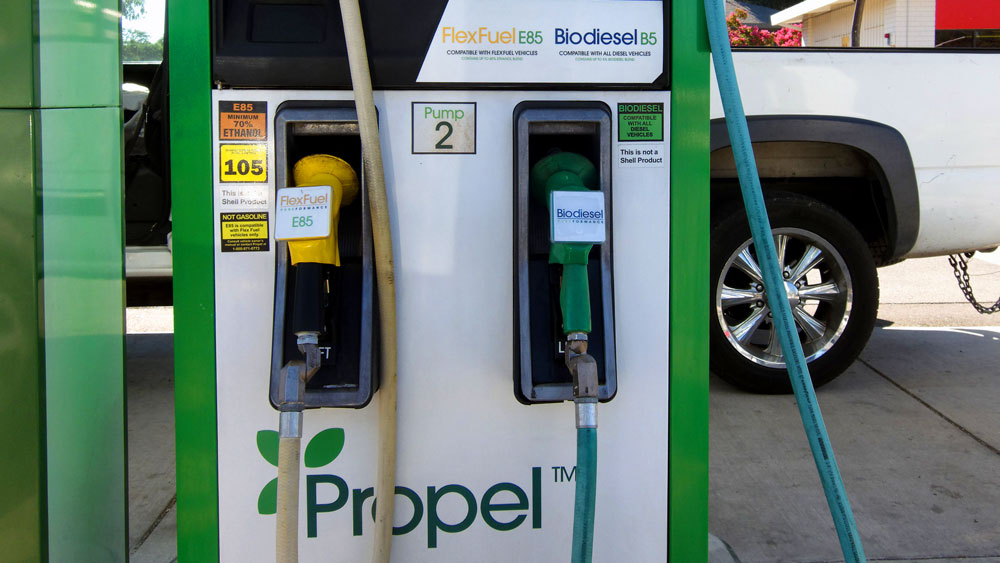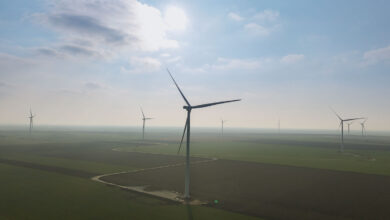New and unexpected ways biofuel could leave its mark on the energy market
Ever since the clean fuel race started, the industry has been constantly looking for new and improved ways of lowering carbon emissions. One such candidate is biofuel. Being able to produce energy from plants or waste sounds weird or downright disgusting at first but there’s more here than meets the eye. Still a developing market, it may hold untold advantages in the long run. Let’s see some breakthroughs, transformations and unexpected sources of biofuel.
Commonly, biofuels such as biodiesel and bioethanol are used in the transportation industry and their chief value lies in their reusability. According to the EU, by 2020 every European country should base around 10% of their transportation fuels on renewable sources, mainly biofuels. However, there are serious sustainability criteria[1] that need to be met in order to rise to EU standards. Seeing as ‘first generation’ biofuel like the one produced from wheat, sugar beet and vegetable oil may have an impact on the environment and society, these matters should not be taken lightly. In some situations, they may even not be better than traditional petrol-based fuels, which has the industry concerned and already looking for a ‘new generation’ biofuel. In order to avoid competition with food production it is envisioned that the shift has to be decisively made toward non-edibles as straw, wood waste, algae or other types of waste.
The transition from traditional fuels to renewable has already been undertaken by some companies, some taking it from scratch while others have decided to simply re-purpose some of their facilities. One of the big players on this market is Eni which have developed their in-house technology and converted two of their traditional fuel refineries into biorefineries. By using innovative methods and sustainable solutions from both a financial and environmental point of view they have efficiently transformed the Venice and Gela refineries. Standing as pioneers in the field, the Venice industrial area produces green diesel, green naphtha and LPG, with a potential for jet fuel as well. The refinery uses the EU certified palm oil and used and purified used cooking oil. Eni’s ambitions don’t stop here; by 2021 they plan to be able to process around 560,000 tons of feedstocks per year using animal fats, increasingly used cooking oils and vegetable oil. As for the Gela refinery, by 2019 it is expected to be one of few around the world able to use 100% second generation feedstock. By embracing a greener future, the people’s jobs were also saved.
The drawback may indeed come from changing the land use. As agricultural areas may shift, deforestation may actually lead to an increase of greenhouse gases. Thus, a good strategy would be reusing old areas where traditional factories used to be, like Eni is doing.
In Romania, swiss group Clariant has announced the acquisition of 10 ha of land where oil and sugar factories used to be. The new construction works are set to begin this year, the factory expected to produce bioethanol from agricultural waste by 2020 with an envisioned output of 50,000 tonnes per year. It’s actually very good news for Romania as it has been reported that half of its biodiesel is imported from Poland, while Romanian canola is being exported. This is concerning given that 95% of Romania’s biodiesel is made from canola oil.
Given this situation, biofuel producers have also shifted their views and started to be more open to working with waste. One such example would be using the transesterification procedure to extract oil from coffee grounds by dipping it into an organic solvent. The different coffee types would not influence the biofuels end properties. According to a scientific study conducted at the University of Bath, this procedure may have yielded real potential of producing a second-generation biofuel. As this is pretty scaled down compared to other sources it will only stand for a meagre part of the energy mix but might provide an interesting alternative for coffee shops looking to fuel their delivery vehicles by in house means. It is estimated that one small coffee shop yields about 10 kg of grounds per day which could amount to approximately two litres of biofuel.
The studies show that other food waste could be used to this end and this is where things get interesting. The US Department of Energy’s Pacific Northwest National Laboratory claim that they have developed technology that can transform human sewage into crude oil. Calling it ‘hydrothermal liquefaction’[2] this process is supposed to replicate the conditions that lead to oil creation in the underground. According to Corrine Drennan: “There is plenty of carbon in municipal wastewater sludge and interestingly, there are also fats,” and furthermore “The fats or lipids appear to facilitate the conversion of other materials in the wastewater such as toilet paper, keep the sludge moving through the reactor, and produce a very high quality biocrude that, when refined, yields fuels such as gasoline, diesel and jet fuels.”[3] Of course, this can be taken even further, as we’ve seen in Kenya, where human waste has been turned into briquettes used for heating and cooking. It is expected that this new fuel could lead to less deforestation (traditionally for charcoal), less costs per household, solving the energy deficit and improving sanitation as long as people get on board with the idea of using human excrement for heating and cooking[4].
Not all examples are so far out of left field though, Ørsted presenting their Renescience technology as the solution of turning your everyday garbage into green energy by mixing waste with recirculated water at temperatures up to 40-50 degrees Celsius in order to liquefy the organic materials. By reducing the need for incineration, this new method is set to cut air pollution as well as being able to tackle metals and high-grade plastics. The first full scale bio plant, Renescience Northwich has already employed 150 local people in its construction and will create close to 25 full time jobs once it’s operational[5].
Another project worth mentioning is the BioTfuel one. Developed by Total and five partners it is set to transform lignocellulosic mass from straw, forest waste and energy crops into syngas by the process of thermochemical conversion. The resulting syngas, devoid of any sulphur or aromatics could be used pure or blended in producing second generation biodiesel and bio-jet fuel[6].
Alternative solutions, no matter how diverse, are here to stay. It’s up to us to decide if we truly want to invest in the research and development that may see those becoming full-fledged solutions for the energy mix of the future or just have them as back up. But keep in mind, if we don’t use them, someone else might very well do.
[1] https://ec.europa.eu/energy/en/topics/renewable-energy/biofuels/sustainability-criteria
[2] https://www.techradar.com/news/from-biohazard-to-biofuel-the-tech-turning-poop-into-energy
[3] https://www.techradar.com/news/from-biohazard-to-biofuel-the-tech-turning-poop-into-energy
[4] http://www.takepart.com/article/2014/12/18/cooking-with-human-poop
[5] https://orsted.co.uk/en/Generating-energy/Renescience/How-it-works
[6] https://www.total.com/en/energy-expertise/projects/bioenergies/biotfuel-converting-plant-wastes-into-fuel







